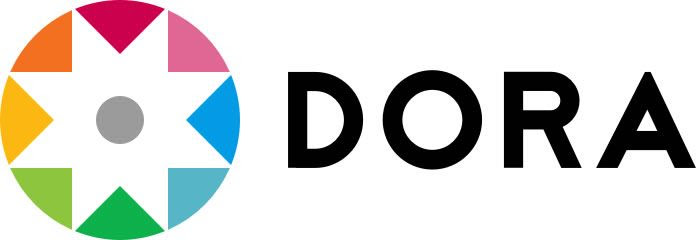Sleep´s quality and style of learning in students of human medicine at the National University Pedro Ruiz Gallo
Keywords:
Learning, sleep, students medicalAbstract
Introduction: In previous studies the frequency of sleep quality in medical students is high and the most common learning styles are the theoretical and reflective (assimilator modeled after Kolb). Previous studies made in Lima found frequencies of 64.5% and 58% of poor sleep quality. Also in another study found that in Spain and Chile dominated the predominant learning styles are reflective and theoretical is why we set as our objective: To determine the association between sleep quality and learning styles of medical students UNPRG. Material and Method: This cross-sectional study. The study population consisted of students of medicine UNPRG, working with a sample of 174. We measured the quality of sleep by Sleep Quality Index in Pittsburgh and learning styles with the Learning Style Questionnaire of Honey-Alonso, turning then to the Kolb model. Statistical analysis: Means, frequencies, chi-square and T-student, in addition estimate the prevalence ratio. Results: The frequency of poor sleep quality was 79.9%. The predominant learning style was assimilating at a frequency of 54.5% (95) (p> 0.05). Discussion: No association between sleep quality and learning styles. There was association between sleep quality and do sports or extracurricular academic activities, who had 32% less likely to have poor sleep quality.
Downloads
Downloads
Published
Issue
Section
License

Esta obra está bajo una Licencia Creative Commons Atribución 4.0 Internacional.
Aquellos autores/as que tengan publicaciones con esta revista, aceptan los términos siguientes:
- Los autores/as conservarán sus derechos de autor y garantizarán a la revista el derecho de primera publicación de su obra, el cuál estará simultáneamente sujeto a la Licencia de reconocimiento de Creative Commons que permite a terceros compartir la obra siempre que se indique su autor y su primera publicación esta revista.
- Los autores/as podrán adoptar otros acuerdos de licencia no exclusiva de distribución de la versión de la obra publicada (p. ej.: depositarla en un archivo telemático institucional o publicarla en un volumen monográfico) siempre que se indique la publicación inicial en esta revista.
- Se permite y recomienda a los autores/as difundir su obra a través de Internet (p. ej.: en archivos telemáticos institucionales o en su página web) antes y durante el proceso de envío, lo cual puede producir intercambios interesantes y aumentar las citas de la obra publicada. (Véase El efecto del acceso abierto).





1.png)

.png)


